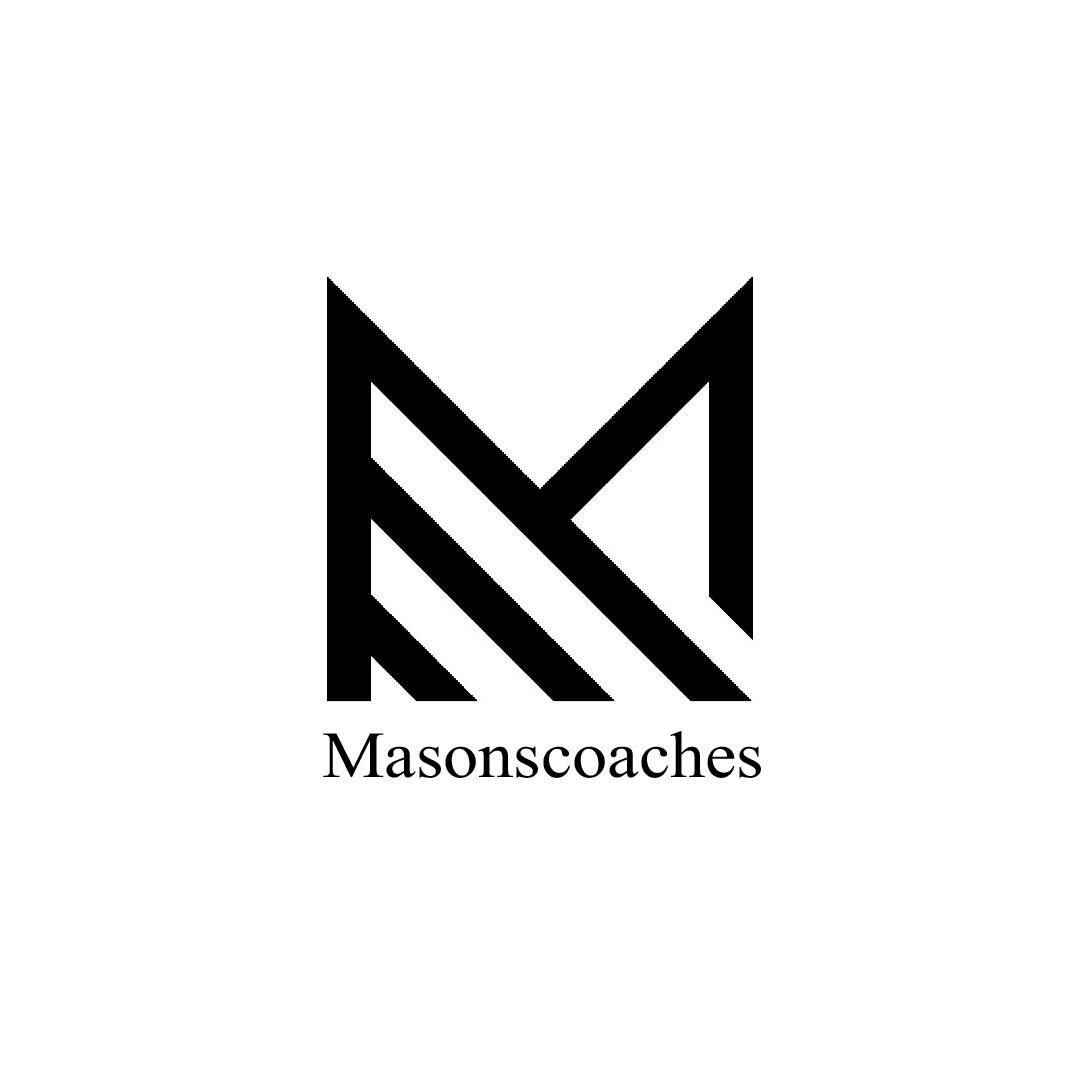Fashion is more than just clothing; it is a dynamic language that speaks volumes about identity, culture, and the passage of time. It is a creative expression that transcends fabric and stitches, shaping how individuals present themselves to the world and how societies communicate their values and stories. The essence of fashion lies in its fluidity, constantly evolving to reflect the spirit of the age while honoring personal and collective identities.
Throughout history, fashion has served as a mirror reflecting social change and cultural shifts. From the ornate garments of past centuries symbolizing status and power to the casual, unisex styles popular today that challenge traditional norms, fashion traces the journey of human civilization. It is an ongoing dialogue between past and present, innovation and tradition. This dialogue is often subtle, expressed through the choices of colors, fabrics, and silhouettes that define an era.
At the heart of fashion is the desire for self-expression. The way a person dresses can reveal aspects of personality, mood, and aspiration without uttering a word. Clothes become an extension of the self, enabling individuals to explore different facets of who they are or who they wish to be. This transformative power makes fashion deeply personal and endlessly fascinating. It allows for reinvention, offering the freedom to break away from expectations and craft a unique visual identity.
The creative process behind fashion http://bexym.edu.pl/ is a blend of imagination and technical skill. Designers draw inspiration from an endless array of sources—nature, art, history, technology, and even social movements. Their work transforms these influences into tangible pieces that evoke emotion and spark conversation. The craftsmanship involved, whether in intricate embroidery or innovative fabric manipulation, highlights the dedication and artistry behind each creation. Fashion is truly where art meets function, combining beauty with purpose.
Individual style acts as the interpreter of fashion trends, filtering mass movements through a personal lens. Style is not dictated solely by what is popular but by what resonates with an individual’s sense of self. It is this personalization that turns trends into statements and garments into stories. Whether minimalist or extravagant, classic or avant-garde, personal style celebrates diversity and individuality within the broader fashion landscape.
The fashion industry is a vast ecosystem that influences and is influenced by economic forces. Luxury fashion houses set trends with their runway shows and exclusive collections, while fast fashion brands offer affordable, trendy options to a global market. This duality creates tension between exclusivity and accessibility, craftsmanship and mass production. It also raises questions about sustainability and ethics, as the environmental and social impacts of fashion gain greater scrutiny.
In response to these concerns, a shift toward sustainable fashion is emerging. This movement emphasizes mindful consumption, ethical sourcing, and eco-friendly production methods. It challenges the throwaway culture associated with fast fashion and encourages consumers to value quality and longevity. Sustainable fashion is not just a trend but a necessary evolution, reflecting growing awareness of the planet’s limits and the responsibility of both creators and consumers.
Technology is a powerful force reshaping the future of fashion. Innovations such as 3D printing, smart textiles, and digital design tools expand creative possibilities and improve efficiency. Social media platforms amplify the reach of designers and influencers, democratizing fashion and fostering global connections. Virtual try-ons and online shopping revolutionize the consumer experience, making fashion more interactive and accessible than ever before.
Fashion also plays a significant role in social and cultural identity politics. It can empower marginalized communities by providing visibility and challenging stereotypes. Designers are increasingly incorporating diverse perspectives and narratives into their work, promoting inclusivity and representation. Gender-neutral clothing lines, culturally inspired collections, and collaborations with artisans around the world illustrate how fashion embraces complexity and celebrates difference.
Beyond aesthetics, fashion carries emotional significance. Clothing can evoke memories, symbolize milestones, and boost confidence. The right outfit can transform how a person feels, providing comfort, strength, or a sense of belonging. Fashion becomes a medium through which people connect to their heritage, express their values, and navigate their place in society.
Ultimately, fashion is a living art form that weaves together creativity, culture, technology, and commerce. It is a reflection of who we are as individuals and as communities, constantly evolving to meet the changing rhythms of life. In its threads and patterns, fashion tells stories of transformation, resilience, and the endless pursuit of beauty and meaning.
